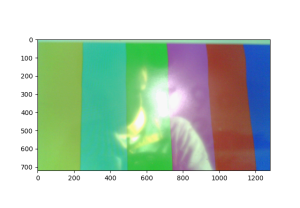What did you personally accomplish this week on the project?
For this week, I got the Wi-Fi transmission code working on the ESP32. I have tested it and we are able to reach about 17 Mbit/s. The 17 Mbit/s is more than what is needed to stream 240p video, which is our project’s initial requirement. However, this may actually be limited by the iPhone hotspot that I am using to serve as an access point. Since I don’t have an actual Wi-Fi access point to test with, I will have to accept that 17 Mbit/s is the speed of the ESP32. The transmission code did take significantly longer than I expected. In the beginning I kept running into issues associated with the iPhone’s hotspot. It turns out that you have to be on the hotspot screen to have the hotspot be actually visible when there is no one actively connected. After this, I ran into more issues regarding sending packets at a high rate or large packets (>1000 bytes). The ESP would complain that it was running out of memory and return a failure code. After debugging it for a long time, it turns out that there was a misconfiguration in the ESP SDK and the station power saving mode was too aggressive. After these issues were resolved, the ESP was finally about to hit the aforementioned 17 Mbit/s.
Is your progress on schedule or behind? If you are behind, what actions will be taken to catch up to the project schedule?
Currently on schedule
What deliverables do you hope to complete in the next week?
For next week, I hope to finally finish porting the JPEG code over. I stopped working on it this week since the Wi-Fi portion hasn’t been explored at all and we were not sure if there would be hidden issues. The delay from the debugging Wi-Fi ate up any time that was left over for JPEG porting

